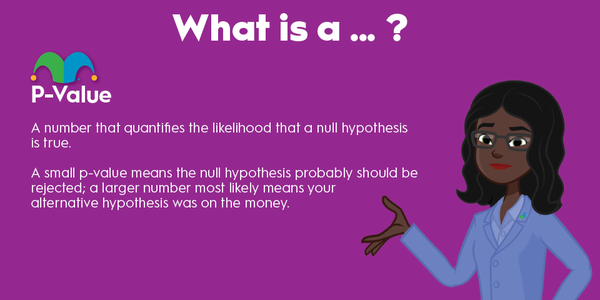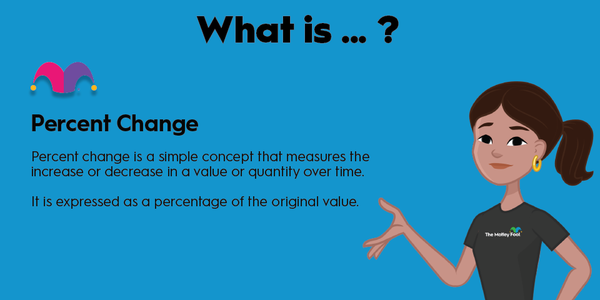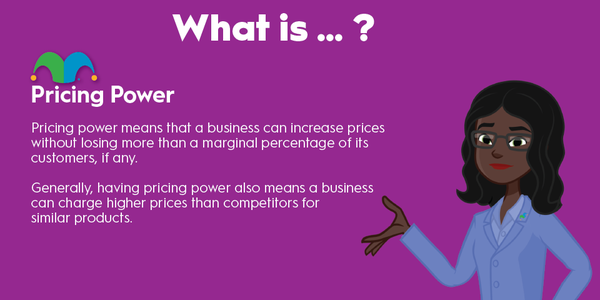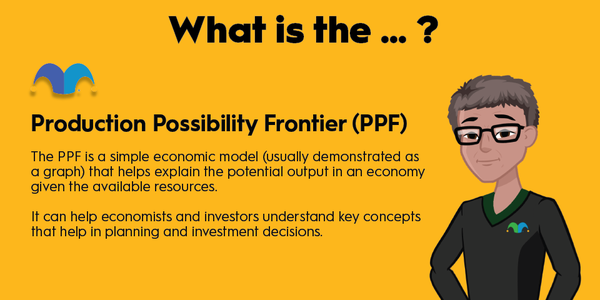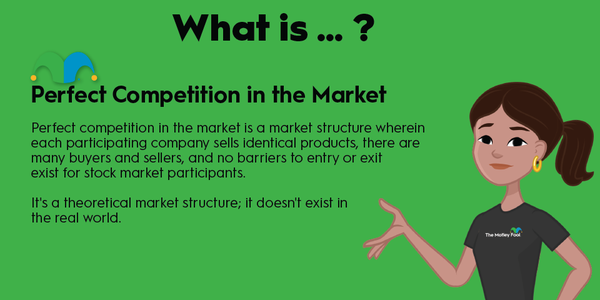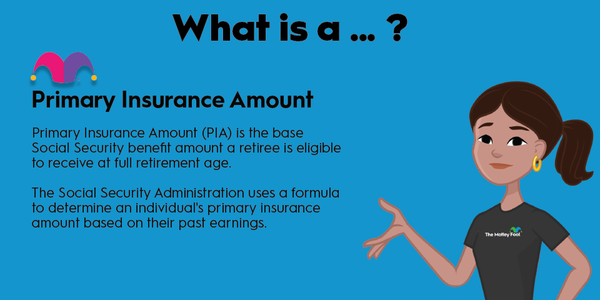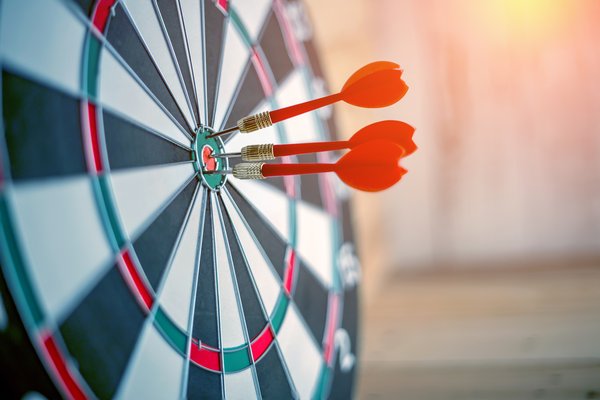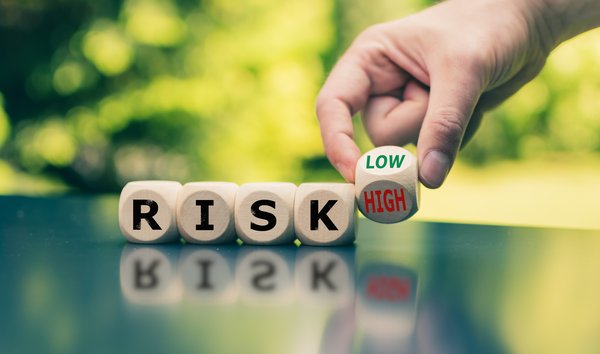Procurement, or obtaining goods and services necessary for a company’s operations, is a vital part of day-to-day business. It encompasses multiple steps; failing to keep a smooth-running procurement process can spell success or failure for a business. Read on to learn more about this important business activity.
What is procurement?
What is procurement?
Procurement is the art of identifying, finding, negotiating, purchasing, securing, and tracking goods and services that are necessary for a company’s day-to-day operations. It involves both direct activities, such as obtaining goods and services, and indirect activities, such as acquiring auxiliary equipment that ensures the procurement process runs smoothly.

Components of procurement
Components of procurement
There are three major components of most procurement processes: people, process, and paperwork.
The number of people involved can vary, depending on the size of a company and its needs. Some companies will have individuals – if not departments – dedicated to the procurement process. People involved in procuring goods and services can work for multiple departments, ranging from individuals who request goods and services for a product to people who are responsible for ensuring that bills are paid in a timely manner.
Good procurement practices also follow a process, generally specific to the individual company but generally a specific set of rules that govern who does what, when, and where. A well-designed process ensures that goods and services arrive in a timely manner, payment is swift, and accurate records are maintained.
Finally, no procurement process is complete without paperwork. The paperwork helps individuals engaged in the process to track what they’ve bought, who they’ve bought it from, how much they’ve paid for it, and when more goods or services might be required. Well-organized paperwork minimizes costs, maximizes efficiency, and ensures that the company has what it needs for production of a good or service.
Stages in procurement
Stages in procurement
The first of the three stages of the procurement process involves sourcing. Before the procurement process kicks into gear, a company has to identify the goods and services that it needs – the most detailed part of the operation. The department of the company that needs to acquire the goods or services then notifies the company staff responsible for making the acquisition; the staff can approve or reject the request.
Assuming the request is approved, the company needs to find a seller. Typically, a purchasing team will seek multiple bids for the good or service being acquired – often, using company-approved guidelines – before closing one or more deals. The U.S. government, for example, typically will deal with a “prime contractor” responsible for providing all services for a given project; given the ravages of the COVID-19 pandemic on corporate supply chains, companies often will seek multiple contractors. There also may be some negotiation over price at this point.
Once pricing and terms have been negotiated, a purchase order is sent to the provider, outlining the precise goods or services to be provided. Deliverables should be inspected, and three items need to be matched: the purchase order, the list of goods or services delivered, and an invoice provided by the seller. The invoice then can be paid and payment arranged, usually through an accounts payable department.
It's essential that accurate records be kept after the transaction is complete. A record trail not only helps companies with auditing and taxes but can also help them when it comes time to reorder a good or service provided earlier by providing cost and time baselines.
Procurement vs. supply chain vs. purchasing
Procurement vs. supply chain vs. purchasing
It’s important to understand that although procurement, supply chains, and purchasing are related, they’re not necessarily the same thing. Procurement is an overall process that includes supply chain management and purchasing.
Supply chain management is the part of the procurement process that involves finding, developing, manufacturing, and delivering material and services used by a company to make its product. Its scope typically extends beyond the procurement process, however, since supply chain management also involves delivering finished goods or final services to the consumer.
Purchasing is an integral part of the procurement process. It involves approving and paying for goods and services; often, purchasing departments are responsible for keeping records of acquisitions from the procurement process.
The future of procurement
The future of procurement
Although procurement has generally been handled by multiple offices within a company, a new trend is emerging: Artificial intelligence, or machine learning. Coca-Cola (KO 0.0%), for example, is using AI across more than 50 categories for procurement, as well as in supplier communication, governance, and process.
Coca-Cola’s procurement group has a $25 billion budget, with hundreds of suppliers attempting to do business with the Atlanta-based beverage giant. A recent Deloitte survey found high-performing procurement organizations were 18 times more likely to be using AI to make decisions and streamline the procurement process.
Procurement is only one part of company operations, but an important one. Smart investors will pay attention to company procurement practices and invest their money accordingly.




